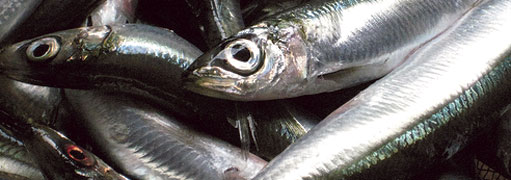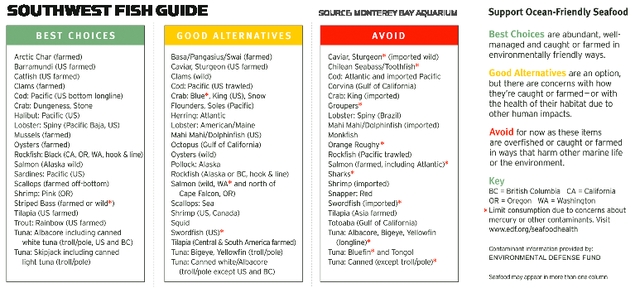Food For Thought: The Most Sustainable Fish On The Market
When Tiny Fish Are Hugely Sustainable


Latest Article|September 3, 2020|Free
::Making Grown Men Cry Since 1992


